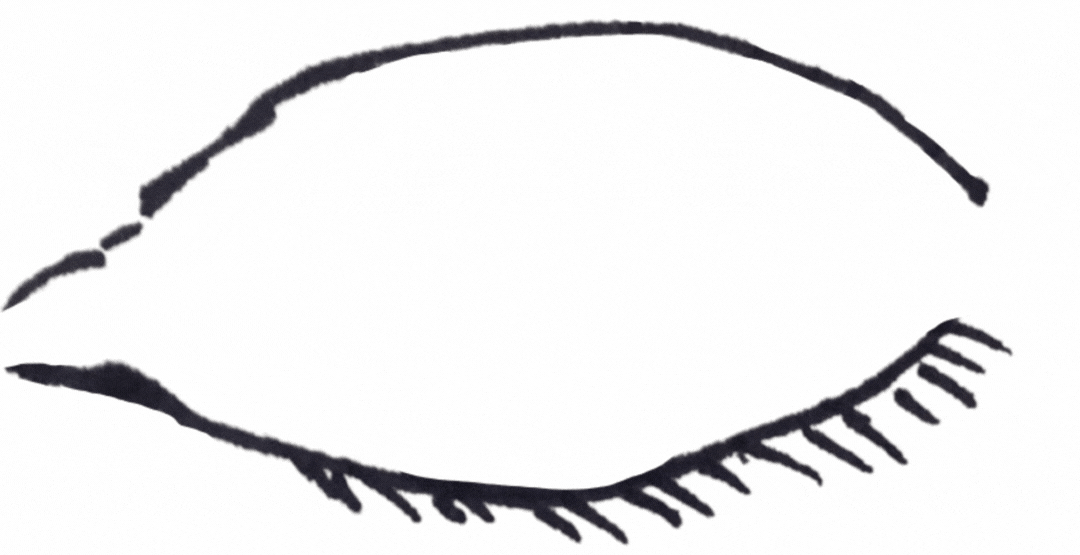the Astrology Guide
It’s like the stars are swimming inside us and outside of us, like we truly are made of star stuff, & everything is connected.

Foreward: Falling for the Stars

Step 1: Get Your Chart

Step 2: Parts of Your Chart

Step 3: The 12 Archetypes

Step 4: The Signs

Step 5: The Planets

Step 6: The Houses

Step 7: Aspects

Step 8: Transits

Step 9: Putting it All Together

Going Deeper: The Moon Cycles & Patterns

Going Deeper: The Synchronous Sky


